Colleagues, published authors and speakers alike have emphasized that once you’ve submitted your work to a publisher to move on to the next work. Move on to writing something new. Move on to illustrating something else. Just move on.
I partly agree with the “move on” advice. But instead of moving on to the next piece (because if one does not have a next piece, this can compound one’s discouragement), move on to the next round of submissions. What could be better than to see on your to-do list, “Go to Barnes and Noble, sit on floor, look through latest end-cap children’s books;” or, “Go to indie bookstore for children’s story time,” or “Go to event featuring so-and-so author or illustrator.” These are no-brainer “to-do’s.”
In my case, I "moved on" to working on one element in an existing illustration that wasn’t previously satisfactory at submission time. I wasn't too particularly concerned about finishing the work because I figured if a publisher picked it up, they might REJECT that illo and suggest another theme.
When I was roughing out this image to show Centipede Dragon getting sick, my medical illustrator training taught me that when highlighting a difference over time (or with different parameters), keep everything else in the scene constant. So I copied and pasted the same tail image three times, with fewer and fewer scales on each successive scenario, to convey the idea that as he’s frantically helping, his scales are rapidly disappearing.
Looking at the "finished book" overall, I realized I hadn't given him much variation in facial expression throughout the book. This makes him somewhat flat, and when you develop a bond with a character, it’s because you get to KNOW him/her through his/her thoughts/feelings. But if Centipede Dragon doesn’t talk, then how do you know how he's feeling? That's right, through his expressions!
So when you move on, try focusing in on one accomplish-able task at a time. I swear it will make it easier to tackle the larger things, like what's next!

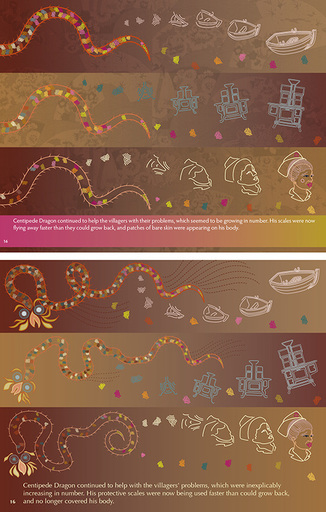
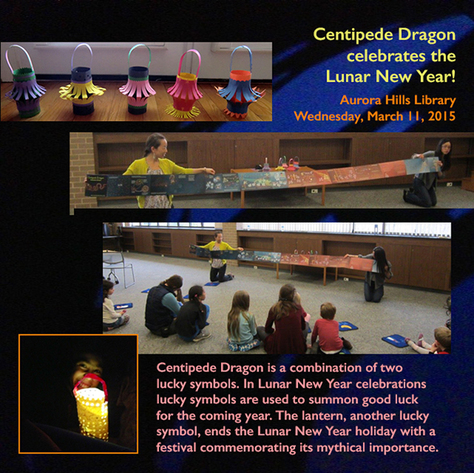

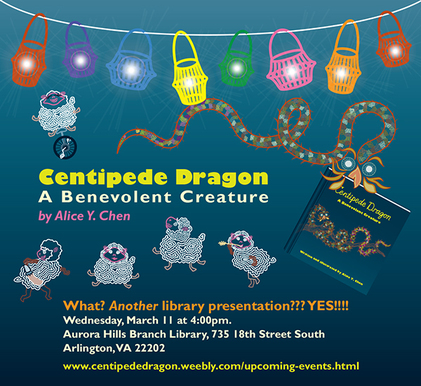
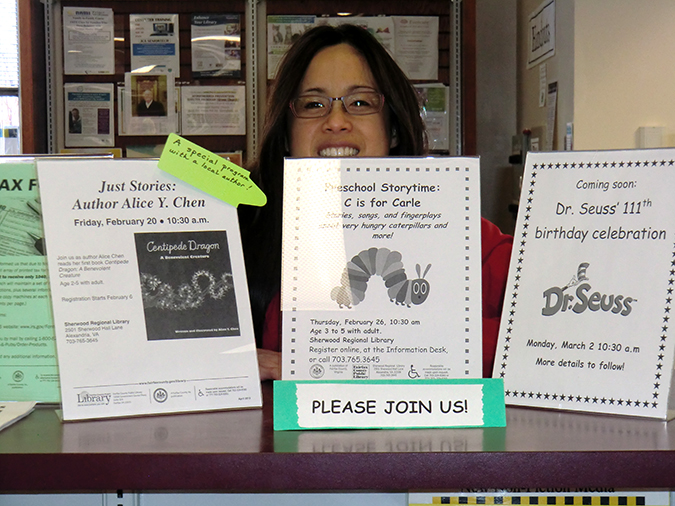

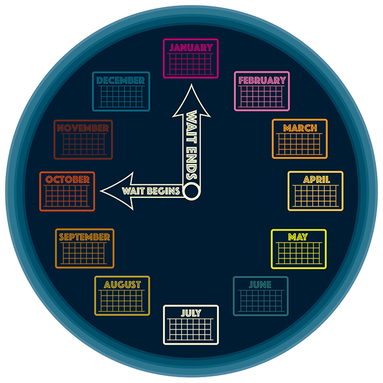
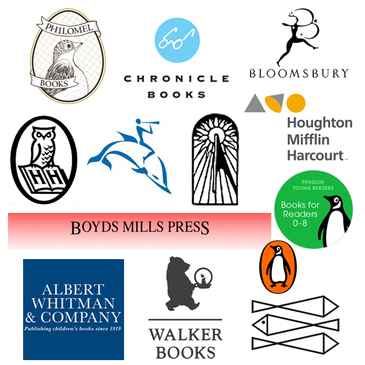
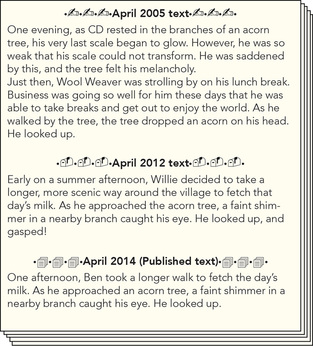
 RSS Feed
RSS Feed
